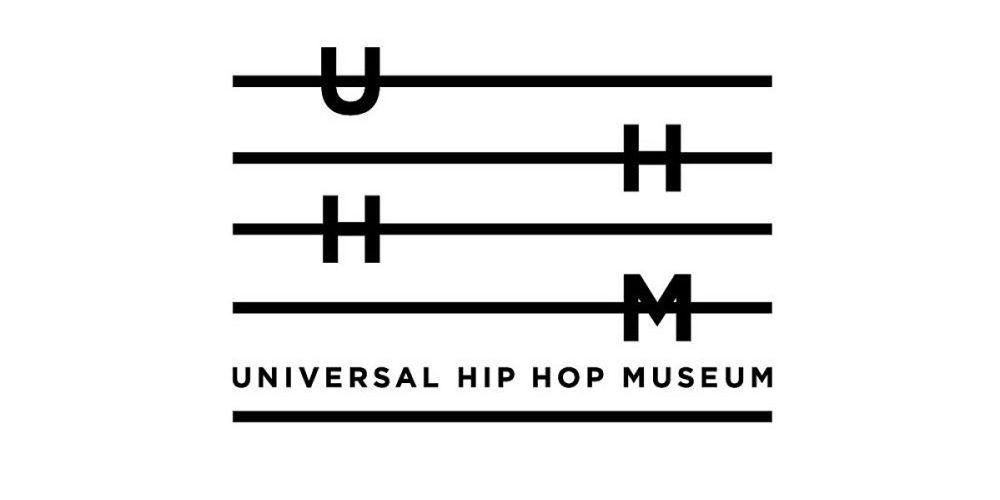The Bronx Hip Hop Museum gets new funding from Mayor Eric Adams
Ground was broken on the first-ever museum dedicated to hip hop, The Bronx's Universal Hip Hop Museum, last year, and now NYC Mayor Eric Adams has pledged new funding to it. The $5.5 million investment includes $2 million from Adams, $2 million from Bronx Borough President Vanessa Gibson, and $1.5 million allocated by the City Council, ABC7 reports.
"Whether you are in Co-op City or Canarsie, New Yorkers deserve the opportunity to learn about some of the unique cultures in their backyard," Adams said. "Hip Hop tells the story of this city and the Bronx so vividly. It tells life amid poverty and crime, of turning pain into purpose, of making it. That's why I'm proud to announce our administration's commitment of $2 million in new capital funding for the Universal Hip Hop Museum, alongside $3.5 million from the local elected officials. The newer generation may not know about the history of hip hop in the Bronx, however, when we support our cultural groups, we allow the people of this city to connect and find these local jewels that serve as passports to historic destinations."
Construction on the museum is estimated to be complete in fall of 2025. In the mean time, they have an exhibit, [R]Evolution of Hip Hop: Golden Era 1986-1990, at Bronx Terminal Market, running until February of 2023. Tickets are on sale now, and here's a description:
The artistic and technological advancements made during the years of 1986 and 1990 were remarkable. The lyrical skills of Rakim, Kool G. Rap, Big Daddy Kane and others would transform the definition of an MC. The production mastery of chopping up beats and sampling sounds by the likes of Marley Marl, Prince Paul and the Bomb Squad would redefine the sound of Hip Hop forever.
This time also marked the reign of Run DMC, Whodini, the Beastie Boys and other acts represented by Rush Artist Management which established rap as a commodity and its acts as marketable stars that could sell products like the Adidas they wore on their feet. Rush was the closest thing to Hip Hop's own Motown and the national tours they organized helped take Hip Hop to new heights of popularity.
From the city streets and the clubs of New York to the suburban neighborhoods of Compton, California, Hip Hop expanded by leaps and bounds as regional sounds and styles established themselves. The phenomenon of Yo! MTV Raps would further intensify this expansion on a worldwide basis between 1988 and 1990.
So put on your shell-toe Adidas Superstars and take a step back into time at the Revolution of Hip Hop 1986 to 1990 and experience the street fashions of Dapper Dan, the beats of DJ Scott LaRock, the rhymes of Biz Markie and the culture of Hip Hop that was chronicled by Video Music Box, Word Up Magazine, the Source, The Arsenio Hall Show and scores of other outlets.
There's also a free concert series with hip hop on the lineup, Rise Up NYC, happening throughout NYC's five boroughs through September.
